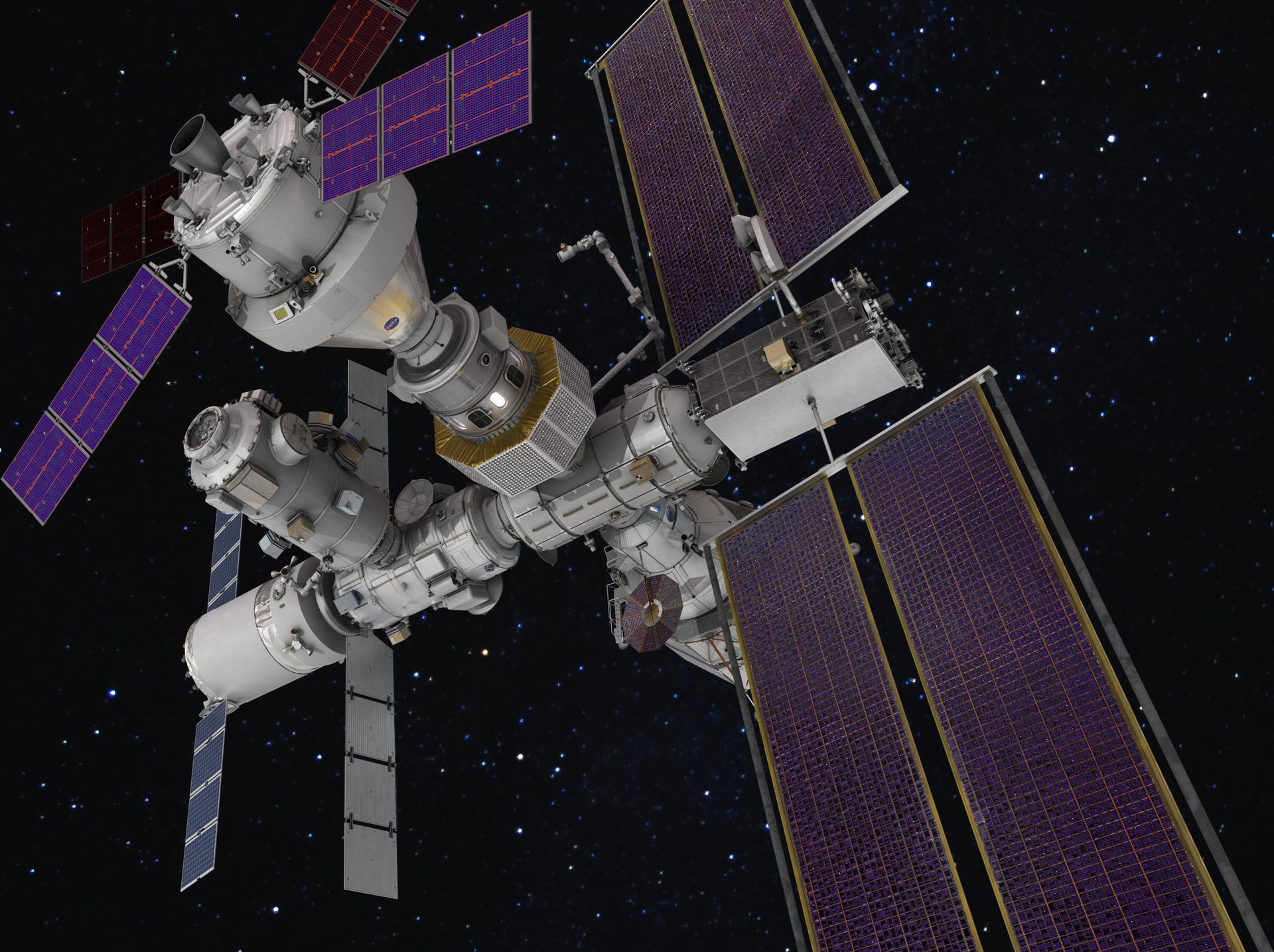Main Takeaways:
- New 66-foot-wide antenna dishes will be built, online, and operational in time to provide near-continuous communications services to Artemis astronauts at the Moon later this decade.
- Called LEGS, short for Lunar Exploration Ground Sites, the antennas represent critical infrastructure for NASA's vision of supporting a sustained human presence at the Moon.
- The first three of six proposed LEGS are planned for sites in New Mexico, South Africa, and Australia.
- LEGS will become part of NASA's Near Space Network, managed by the agency's Space Communications and Navigation (SCaN) program and led out of Goddard Space Flight Center in Greenbelt, Maryland.
Background:
NASA's LEGS can do more than help Earthlings move about the planet.
Three Lunar Exploration Ground Sites, or LEGS, will enhance the Near Space Network's communications services and support of NASA's Artemis campaign.
NASA's Space Communications and Navigation (SCaN) program maintains the agency's two primary communications networks - the Deep Space Network and the Near Space Network, which enable satellites in space to send data back to Earth for investigation and discovery.
Using antennas around the globe, these networks capture signals from satellites, collecting data and enabling navigation engineers to track the mission. For the first Artemis mission, these networks worked in tandem to support the mission as it completed its 25-day journey around the Moon. They will do the same for the upcoming Artemis II mission.
To support NASA's Moon to Mars initiative, NASA is adding three new LEGS antennas to the Near Space Network. As NASA works toward sustaining a human presence on the Moon, communications and navigation support will be crucial to each mission's success. The LEGS antennas will directly support the later Artemis missions, and accompanying missions like the human landing system, lunar terrain vehicle, and Gateway.

"One of the main goals of LEGS is to offload the Deep Space Network," said TJ Crooks, LEGS project manager at NASA's Goddard Space Flight Center in Greenbelt, Maryland. "The Near Space Network and its new LEGS antennas will focus on lunar missions while allowing the Deep Space Network to support missions farther out into the solar system - like the James Webb Space Telescope and the interstellar Voyager missions."
The Near Space Network provides communications and navigation services to missions anywhere from near Earth to 1.2 million miles away - this includes the Moon and Sun-Earth Lagrange points 1 and 2. The Moon and Lagrange points are a shared region with the Deep Space Network, which can provide services to missions there and farther out in the solar system.

The LEGS antennas, which are 66 feet in diameter, will be strategically placed across the globe. This global placement ensures that when the Moon is setting at one station, it is rising into another's view. With the Moon constantly in sight, the Near Space Network will be able to provide continuous support for lunar operations.
How it Works:
As a satellite orbits the Moon, it encodes its data onto a radio frequency signal. When a LEGS antenna comes into view, that satellite (or rover, etc.) will downlink the signal to a LEGS antenna. This data is then routed to mission operators and scientists around the globe who can make decisions about spacecraft health and orbit or use the science data to make discoveries.






